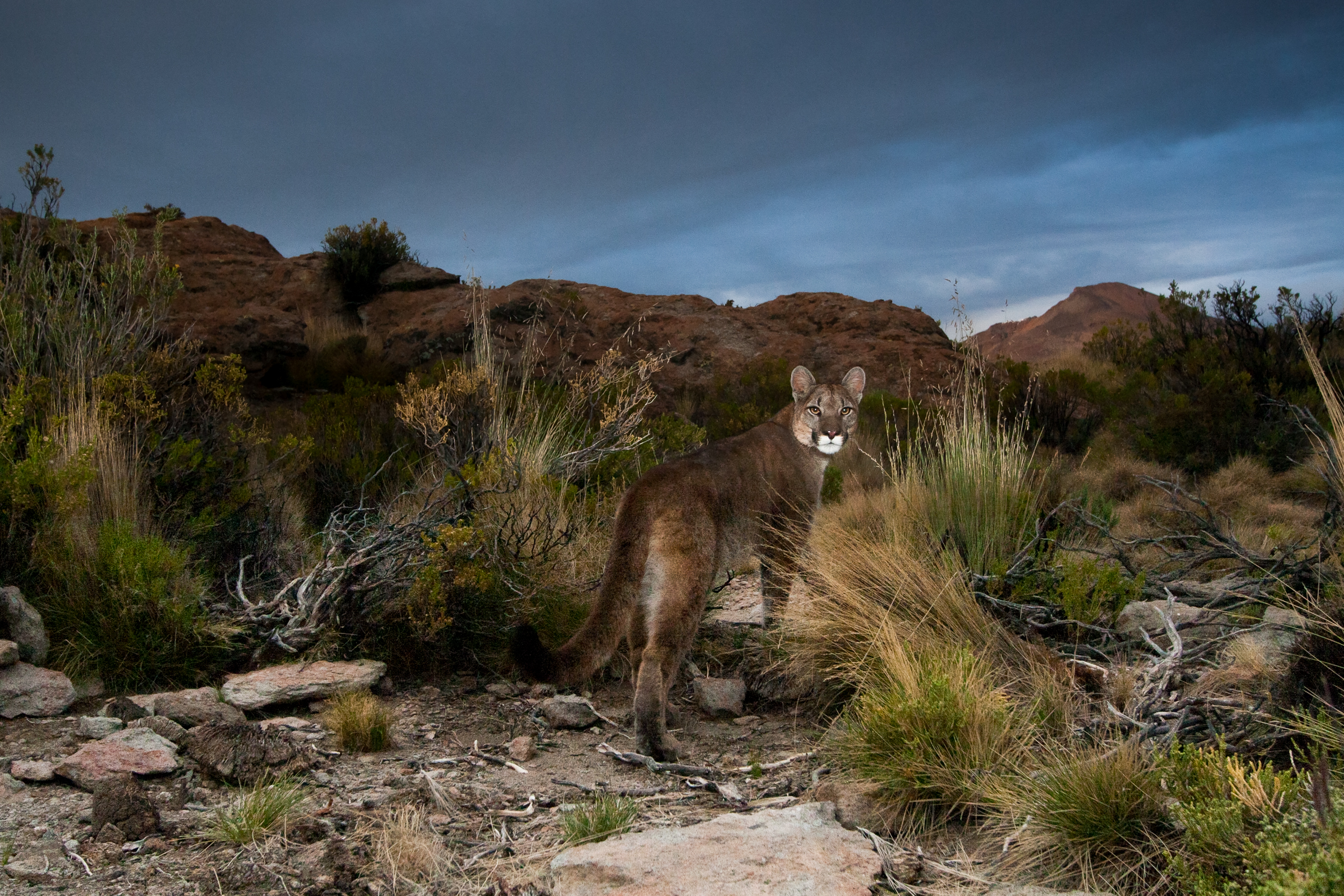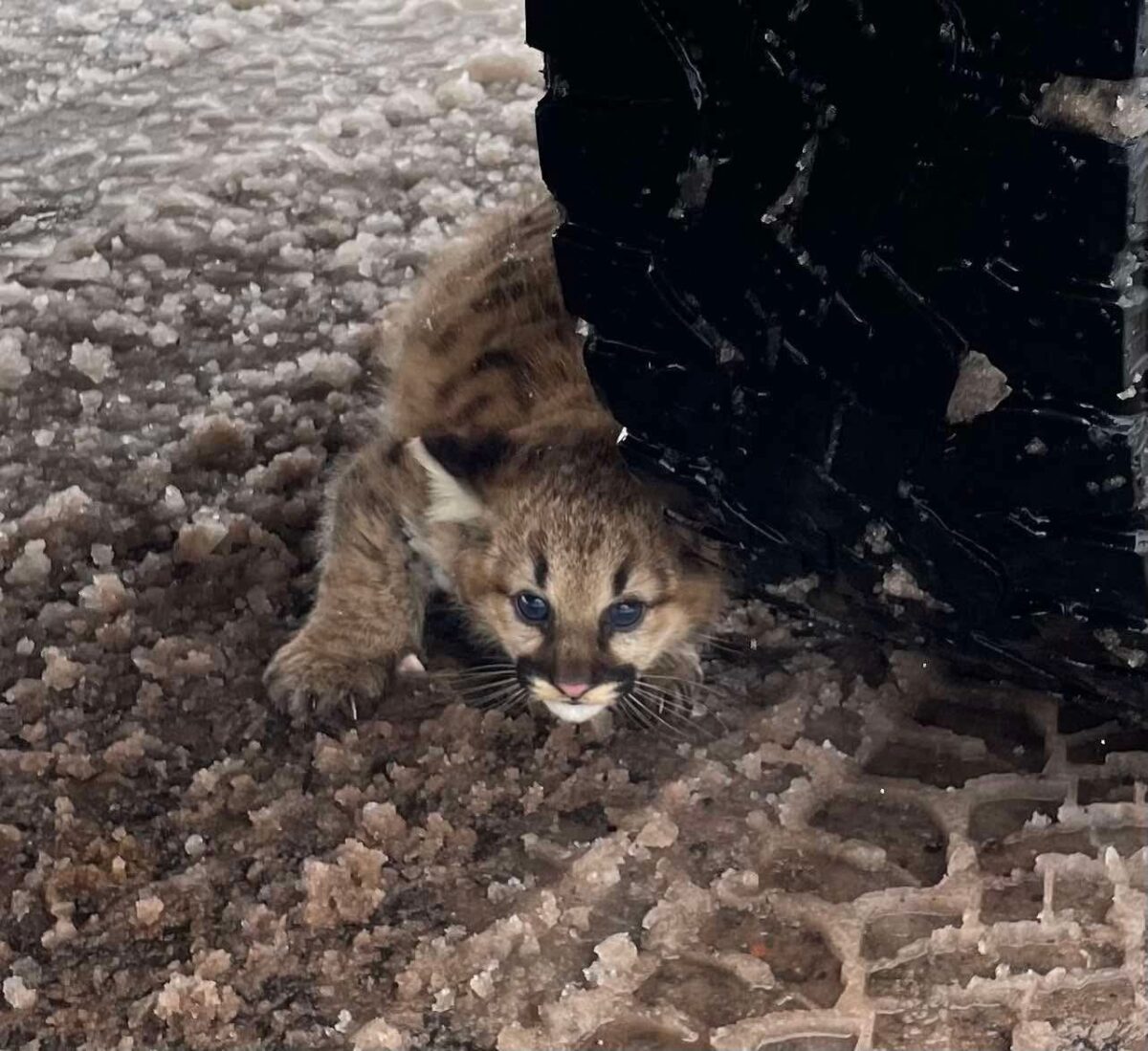What happened to mountain lion P-45?
Mountain lion P-45 is believed to be dead. The 45th lion radio collared as part of the Santa Monica Mountain National Park study, P-45’s genetic contribution to the fragile population there is particularly significant. Back in February of 2018, the lion’s collar stopped transmitting GPS points. Biologists at the National Park Service (NPS) made efforts in the field to locate him using a VHF signal, but were unsuccessful, and they’ve not seen evidence of P-45 on the hundreds of trail cameras deployed throughout the mountains. He is estimated to have been born in 2012 or 2013. But P-45 wasn’t just any lion.

NPS photo of P-45
It was thought that the isolated Santa Monica Mountains didn’t have the room for more than one male mountain lion, or so biologists thought. P-45 was the largest male captured in this long-term study since the first “King of the Mountains” – mountain lion P-1. In November of 2015, P-45 was given a GPS collar and was sent on his way while the research team took biological samples back to the lab for analysis. The results were just as exciting as the discovery of P-45 himself. The genetic testing showed that mountain lion P-45 was actually born north of the 101 Freeway.
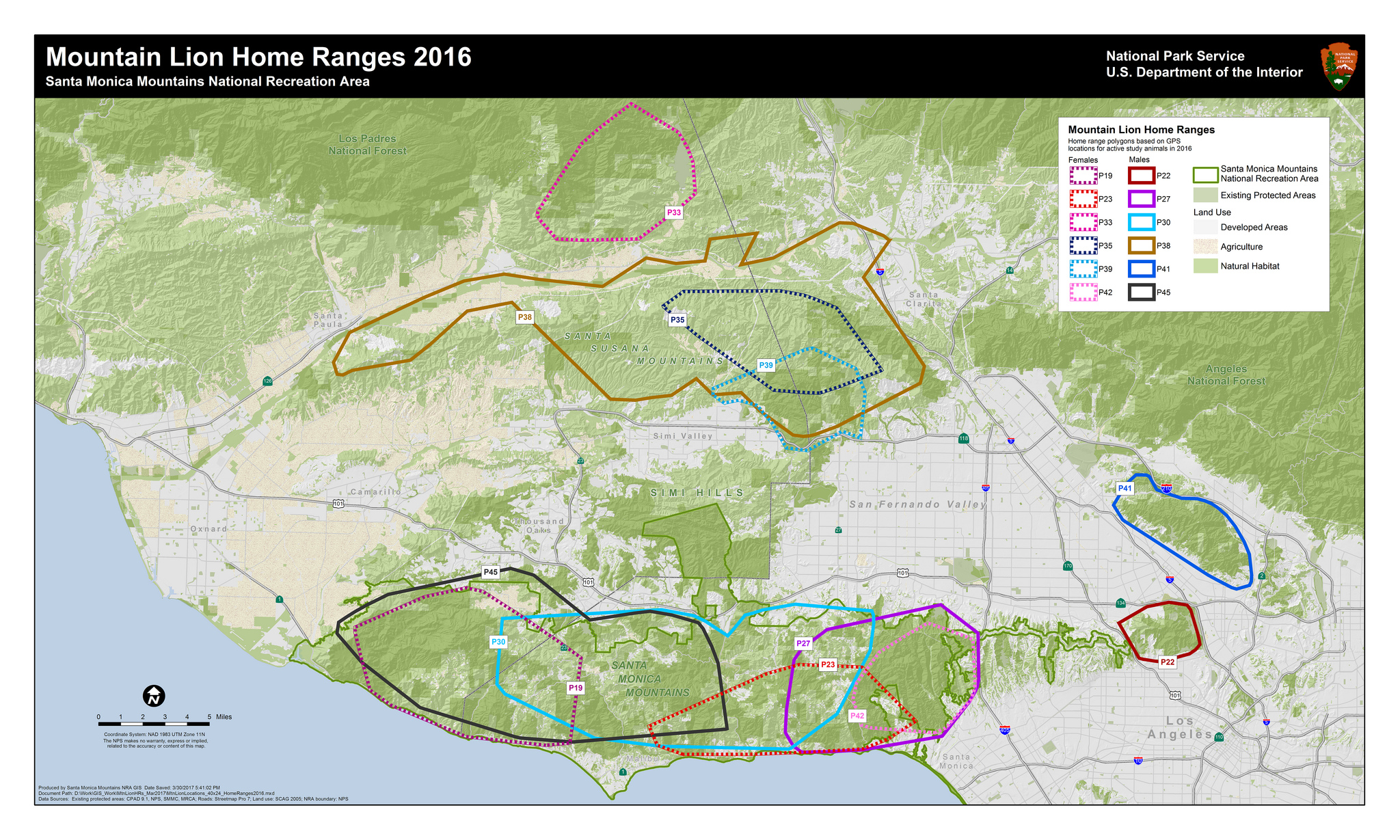
This 2016 NPS map shows P-45’s home range in the Santa Monica Mountains. Notice the overlap between his range in the map and the range of female mountain lion P-19.
Mountain lion P-45 now was a symbol of hope for the Santa Monica mountain lions. P-45 being north of the 101 freeway meant that he brought new genes into a population suffering from genetic depression due to isolation – a fate that could result in location extinction.
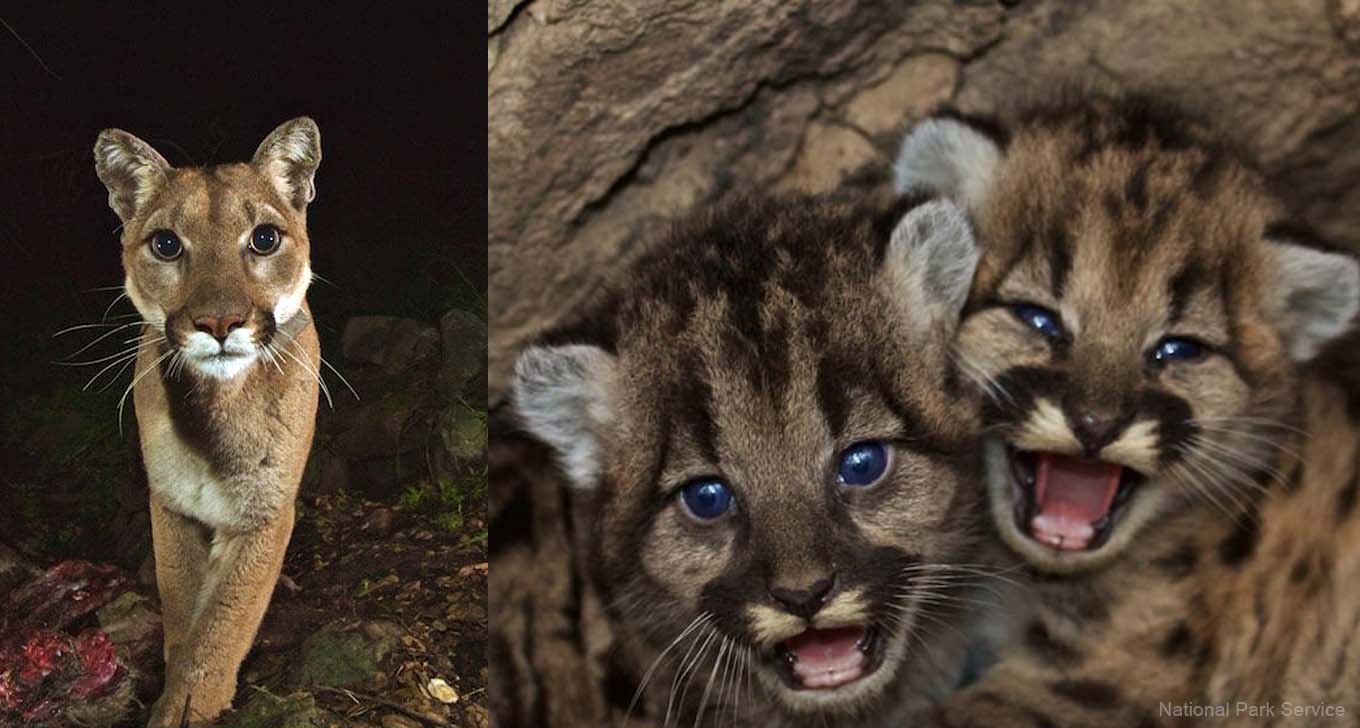
Female P-19 (left) and her kittens P-46 and P-47 (right)
P-45 mated with female lion P-19, and she gave birth to at least two kittens in November of 2015, around the same time Dad was given his new fancy GPS collar. The result was one brother (P-47), who was eventually collared at 14 months old – and one sister (P-46). P-19’s first two litters were produced by first-order inbreeding, which means that she mated with her father – twice. New genes brought by P-45 from north of the 101 freeway could increase the genetic diversity of this population, pulling the population one step back from the epicenter of an extinction vortex.
At the age of 3 years old, P-47 was found dead by researchers. The necropsy report cited that this young male was exposed to six different anticoagulant compounds, resulting in internal hemorrhaging in his head and lungs. Mountain lions are exposed to rodenticides by eating prey that has ingested poisonous bait. Because of rodenticide poisoning, P-47 would not have the opportunity to contribute his DNA and diversify the gene pool of the local population. Death by rodenticide is not an easy one, and P-47 deserved better than that.

Mountain Lion Foundation’s Executive Director Lynn Cullens speaking a heated community with P-45’s kittens on the screen.
P-45’s life in the Santa Monica’s almost came to an end in 2016 when he killed a dozen alpacas. Mountain Lion Foundation worked collaboratively with NPS, California Department of Fish & Wildlife, and the National Wildlife Federation to save him from being killed on a depredation permit. After the incident hit worldwide news, and protests ensued at a community meeting, the landowner decided to rescind the permit, crediting National Parks, Supervisor Sheila Kuehl, and the Mountain Lion Foundation with helping to change her mind by showing how her remaining alpacas could be protected using our dusk-to-dawn secure livestock enclosure.
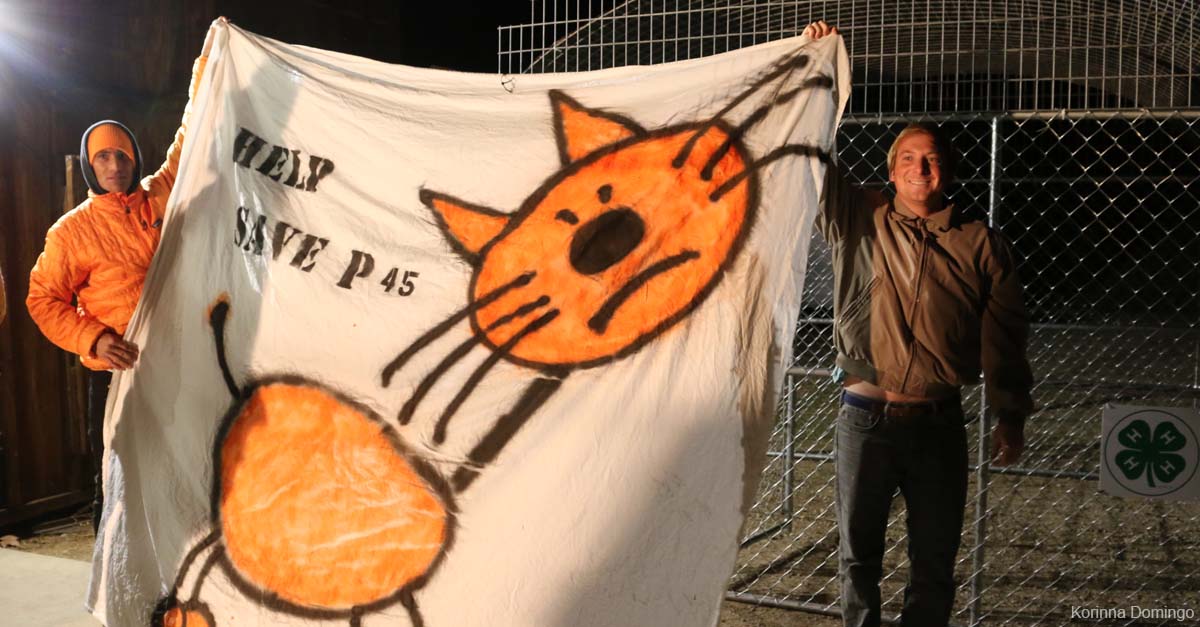
Community members protesting the retaliation killing of P-45 in front of a lion-proof enclosure built by the community earlier in the day.



 Facebook
Facebook Twitter
Twitter Send Email
Send Email